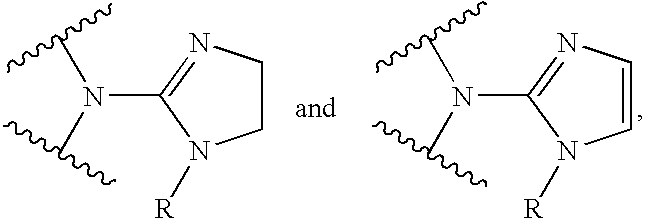Methods and compositions for treating cancer and modulating signal transduction and metabolism pathways
a technology of signal transduction and metabolism, applied in the direction of drug compositions, biocide, heavy metal active ingredients, etc., can solve the problem of non-selective nature, achieve the effects of reducing permeability across membranes, killing or inhibiting the growth or spread of cancer cells, and increasing intracellular uptak
- Summary
- Abstract
- Description
- Claims
- Application Information
AI Technical Summary
Benefits of technology
Problems solved by technology
Method used
Image
Examples
example 1
[0056]The selective administration of compounds or agents that are cytotoxic to cancer cells is accomplished by the co-administration of menthol, an agonist of the large-pore cation channel receptor TRPM8, along with the antiproliferative agent doxorubicin (Adriamycin®). As shown in FIGS. 1A-1C, co-administration of menthol with doxorubicin enabled intracellular accumulation of the doxorubicin only into those DRG neurons that express TRPM8 (FIG. 1C) when compared with cells treated with doxorubicin alone (FIG. 1B). Once doxorubicin is within a cell it enters the nucleus where it binds to DNA.
example 2
[0057]The selective administration of compounds or agents that are cytotoxic to cancer cells is accomplished by the co-administration of capsaicin, an agonist of the large-pore cation channel receptor TRPV1, along with doxorubicin (Adriamycin®). As shown in FIGS. 2A-2C, co-administration of capsaicin with doxorubicin enabled intracellular accumulation of the doxorubicin only into those DRG neurons that express TRPV1 (FIG. 2C) when compared with cells treated with doxorubicin alone (FIG. 2B).
example 3
[0058]The selective administration of compounds or agents that are cytotoxic to cancer cells can be accomplished by the co-administration of capsaicin, an agonist of the large-pore cation channel receptor TRPV1, along with a small, positively-charged antimitotic agent such as procainamide and related triethylamine-substituted 4-aminobenzamides, such as metoclopramide and declopramide, which induce DNA demethylation, nuclear factor-KB inhibition, and apoptosis (see, e.g., Morissette et al., “N-Substituted 4-Aminobenzamides (Procainamide Analogs): An Assessment of Multiple Cellular Effects Concerning Ion Trapping,”Mol. Pharmacol. 68:1576-1589 (2005)). Capsaicin activates the TRPV1 channel receptor and allows the antimitotic agent (e.g., procainamide), inactive while in the extracellular space, to enter the target cancer cell. Upon entry in the cell, the antimitotic agent exerts pro-apoptotic biological activity, including mitotic arrest that eventual result in the death of the cancer ...
PUM
| Property | Measurement | Unit |
|---|---|---|
| Antiproliferative | aaaaa | aaaaa |
Abstract
Description
Claims
Application Information
 Login to View More
Login to View More - R&D
- Intellectual Property
- Life Sciences
- Materials
- Tech Scout
- Unparalleled Data Quality
- Higher Quality Content
- 60% Fewer Hallucinations
Browse by: Latest US Patents, China's latest patents, Technical Efficacy Thesaurus, Application Domain, Technology Topic, Popular Technical Reports.
© 2025 PatSnap. All rights reserved.Legal|Privacy policy|Modern Slavery Act Transparency Statement|Sitemap|About US| Contact US: help@patsnap.com



